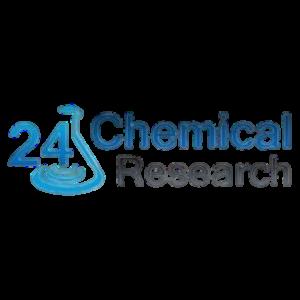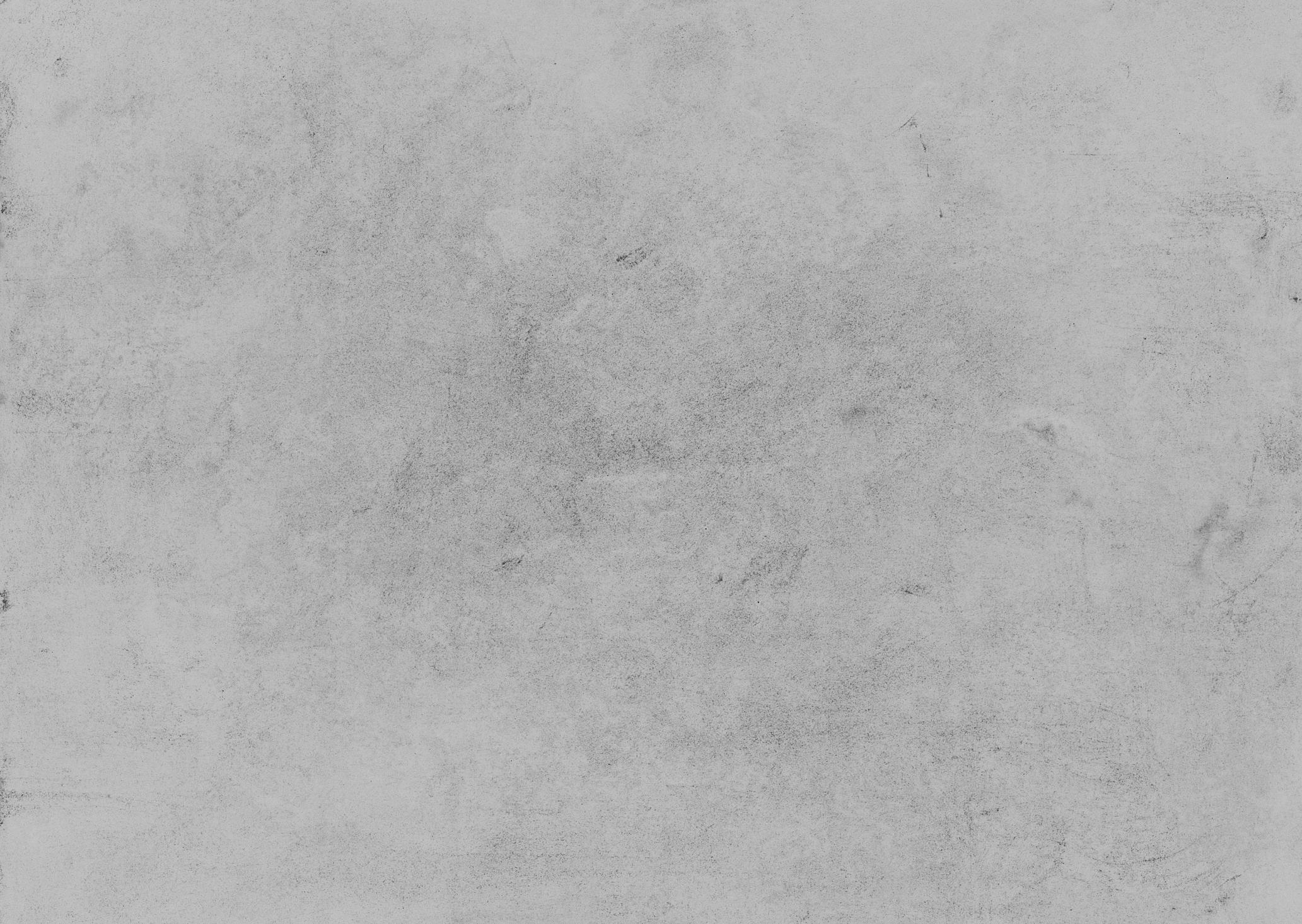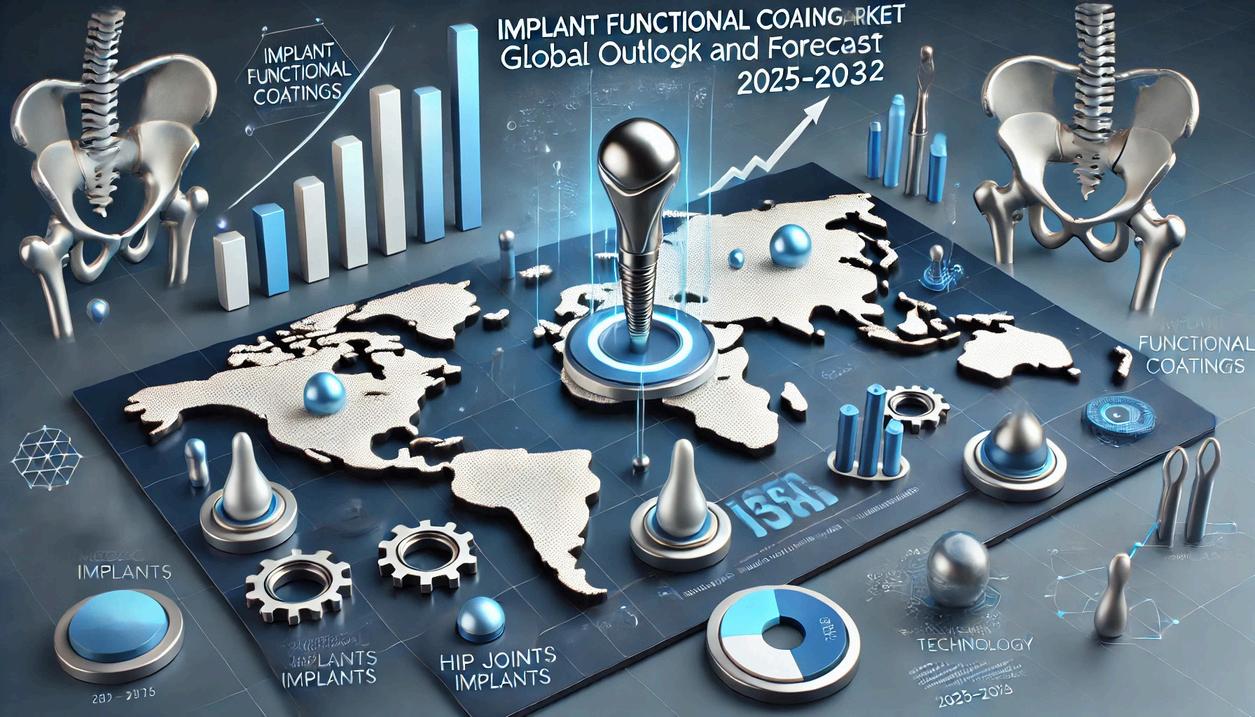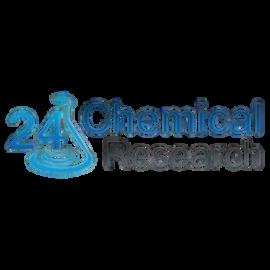


FOOD ADDITIVE LIQUID
CARBON DIOXIDE
MARKET OVERVIEW

Implant functional coatings are advanced materials applied to medical implants. These coatings improve biocompatibility, reduce friction, and enhance longevity.
They help prevent infections and improve healing after implantation.
Widely used in orthopedic, cardiovascular, dental, and neurological implants.
Driven by the growing need for long-lasting, safe, and efficient medical devices.
Increasing demand due to aging populations and rising chronic diseases.
Technological innovations are enabling more specialized and durable coatings. Regulatory standards are becoming more stringent, influencing the development of safer and more effective coatings.
MARKET SIZE AND GROWTH 01
02
2023 VALUATION:
APPROXIMATELY USD 826
MILLION
2032 PROJECTION: EXPECTED TO REACH USD 1,707.04 MILLION

03
CAGR: Estimated at 8.40% over the forecast period





